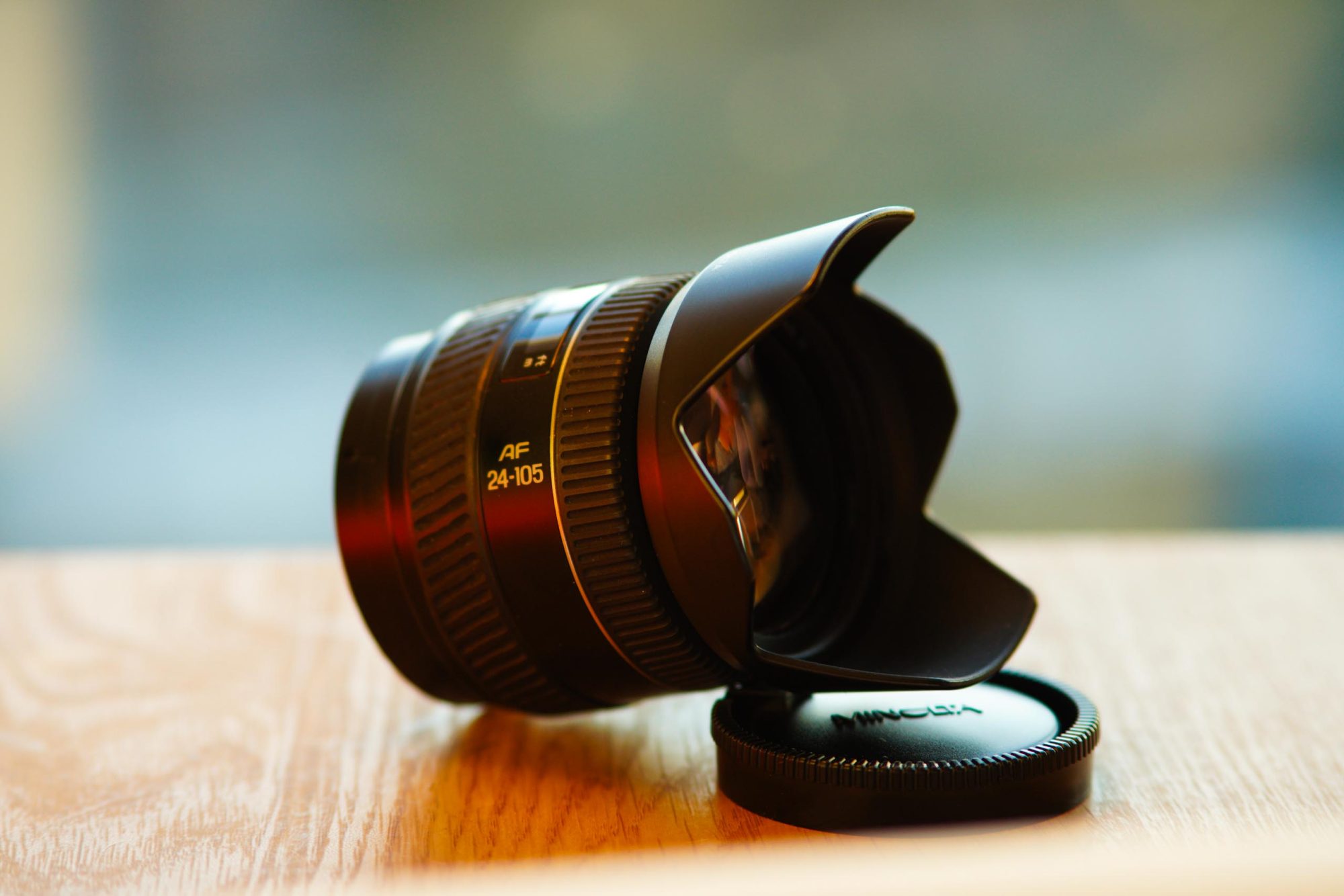An Affordable and Versatile Travel Lens
You can find used Minolta lenses tucked far away in the corners of used camera marketplaces, the hidden areas often unexplored. Collectors are few in North America, but in Asia, used camera stores can be flooded with them.
Minolta, having been sold to Sony in 2006, had been in the business of making lenses since 1958. In 2000, they released the 24-105mm f/3.5-4.5, meant primarily for Minolta AF and Sony A-mount systems.
Thanks to the LA-EA4 adapter, these lenses have experienced a revival amongst E-mount users. This lens, originally sold for ~$500 USD, can easily be found on marketplaces for under $60 USD. But is it any good in 2025? That’s what I’ll explore here.
Check Prices for the Minolta 24-105mm f/3.5-4.5 (eBay)
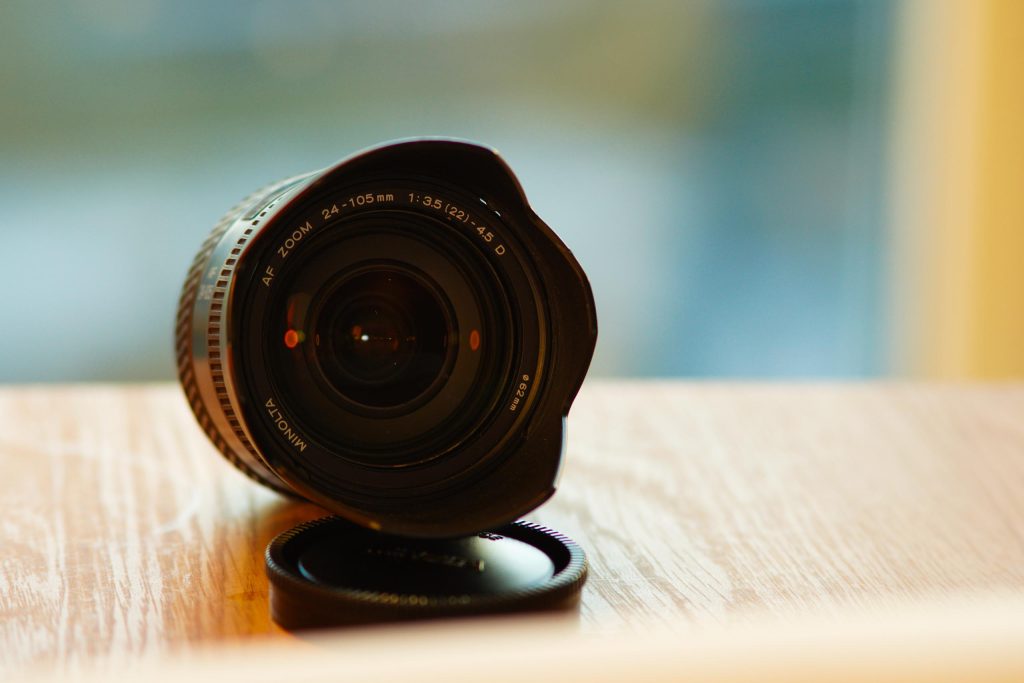
General Specifications
- Mount: A-mount
- Focal Length: 24-105mm
- Maximum Aperture: f/3.5 at 24mm – f/4.5 at 105mm
- Minimum Aperture: f/22-29 (varies by focal length)
- Lens Construction: 12 elements in 11 groups
- Diaphragm Blades: 7, rounded
- Minimum Focus Distance: 0.5m (19.7 inches)
- Maximum Magnification Ratio: 0.23x
- Filter Size: 62mm
- Dimensions: Approx. 64.5mm diameter x 108mm length
- Weight: ~432g
- Focus Drive: Screw-drive autofocus (via camera body motor)
- Zoom Type: Rotary (twist to zoom)
- Lens Coating: Multi-coated (for flare and ghosting reduction)
- Special Features:
- D-type distance encoding (for improved flash metering with compatible cameras)
- Compact and lightweight design for travel and walk-around use
Photos from Hong Kong
When I originally found this lens at a Kitamura Camera in Tokyo, I did not expect it to become my de facto travel lens. Stumbling upon it in the second-hand section, marked good condition, sold for only about $20 CAD, it’s become one of the biggest workhorse lenses that rarely leaves my camera, except for swaps to prime lenses. Hong Kong, Vietnam, Japan, Macao, Taiwan, this lens was the primary shooter in all 5 countries, over the span of 2 months.
Note: all shots below are using the Sony A7C with the LA-EA4 adapter and Minolta 24-105mm f/3.5-4.5.

One of the main things I was looking for in a travel lens for my Asia backpacking trip was something versatile in terms of focal length, without being bulky in terms of size and weight. I was willing to give up some stops of aperture for that.
I originally travelled through Europe with the Sigma 24-70mm f2.8, and found the sharpness to be very nice, but the overall size and weight to be overbearing at times. I switched to the Sony 24-105mm f4 G shortly after and quickly grew used to the versatility without compromising much on sharpness despite the lost stops.

However, when I stumbled upon this lens, at almost half the length of the Sony 24-105, and weighing over 0.5lb less than the Sony, I had to at least try it out. Glad I did. The lens construction is solid and was able to withstand the constant high gusts of wind and dust on the back of a motorcycle in Ha Giang, an accidental drop in Hong Kong, and all the steam from sitting on dining tables while I ate my bun bo hues in Vietnam.

Sharpness Review
The Minolta was designed as a versatile walk-around zoom for film and earlier digital cameras. While it doesn’t quite compete with modern high-end lenses in terms of sharpness, it can hold its own. I’ve printed a few shots from photos taken with this lens, most at 16×12 inches, and love the look of them.

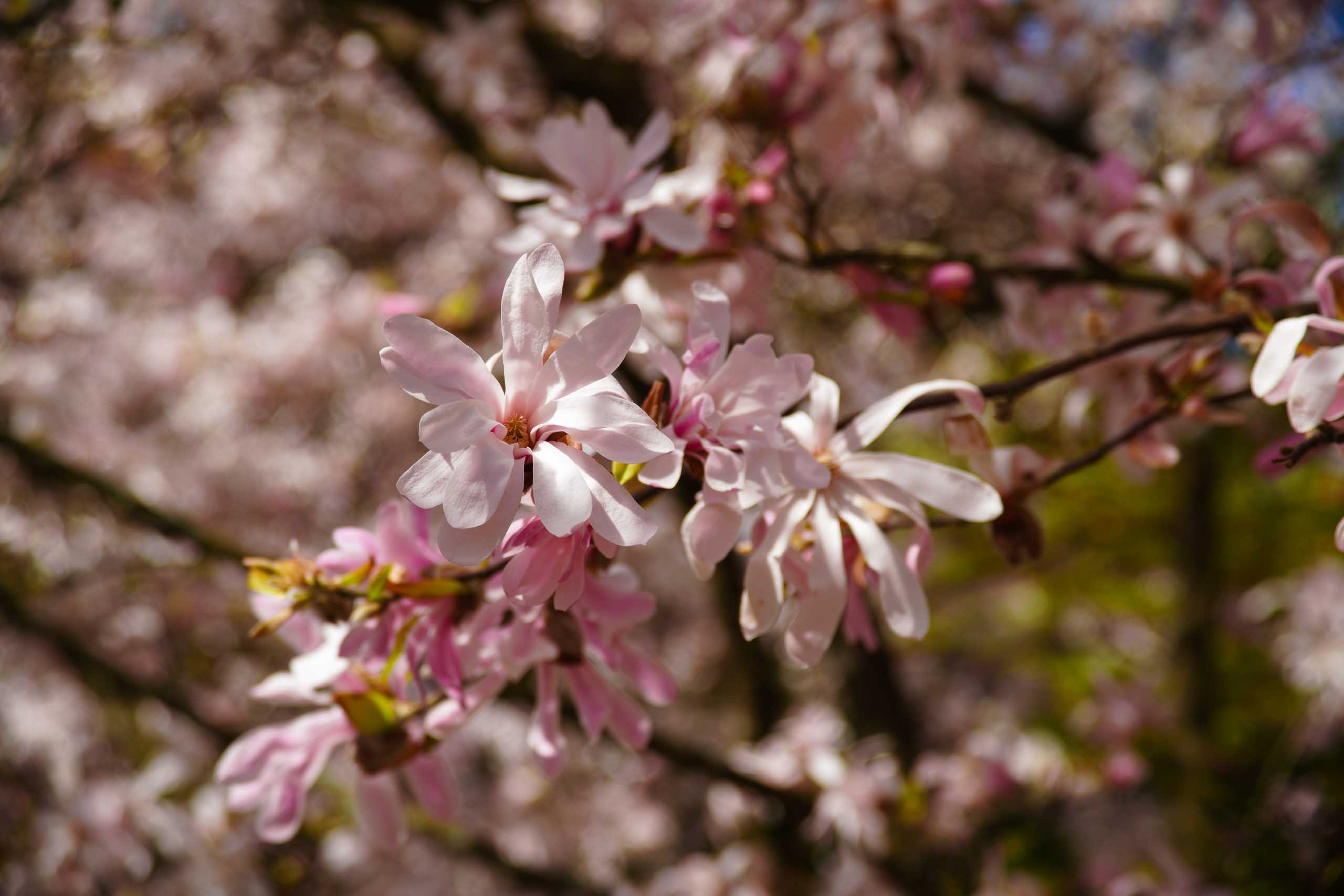
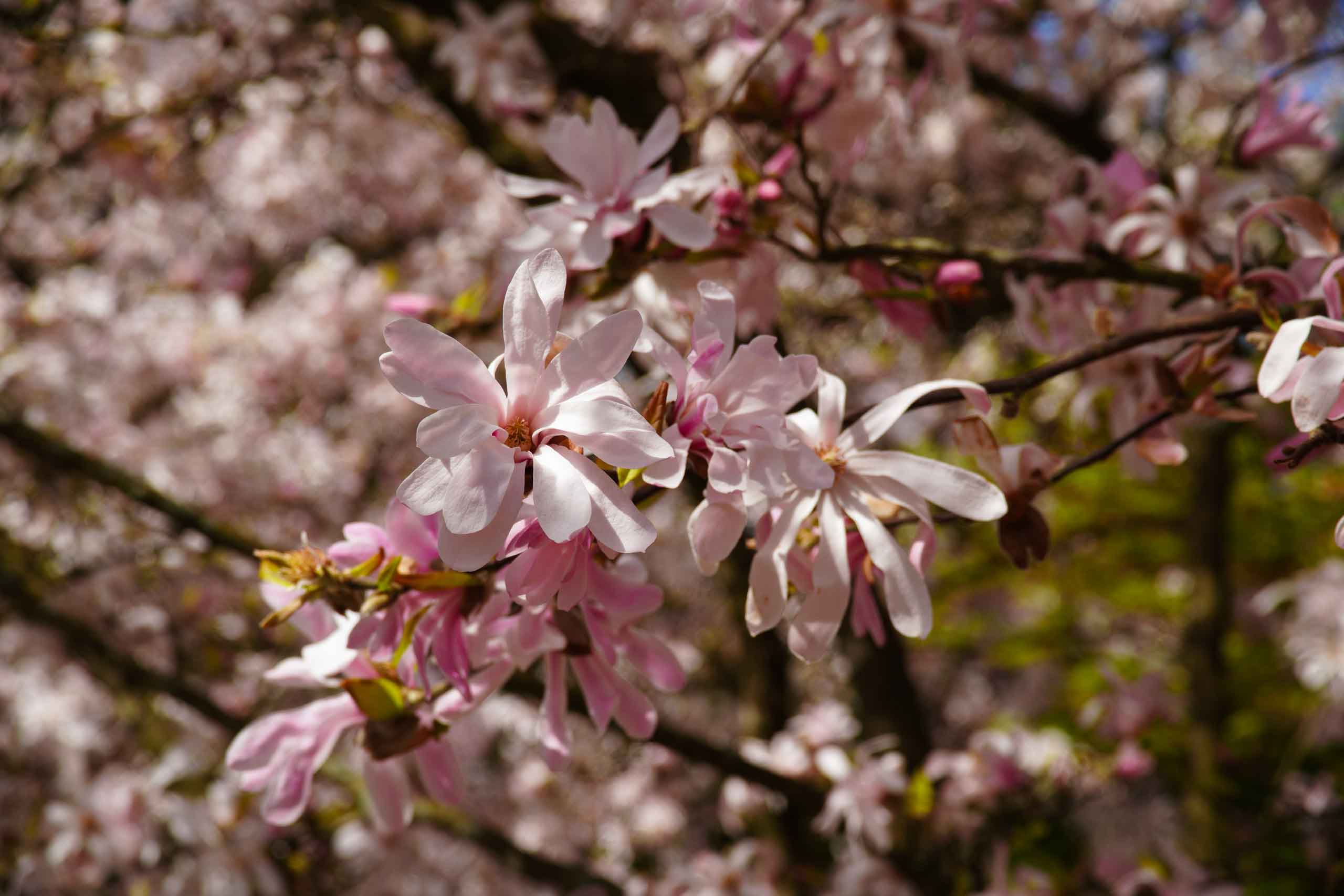
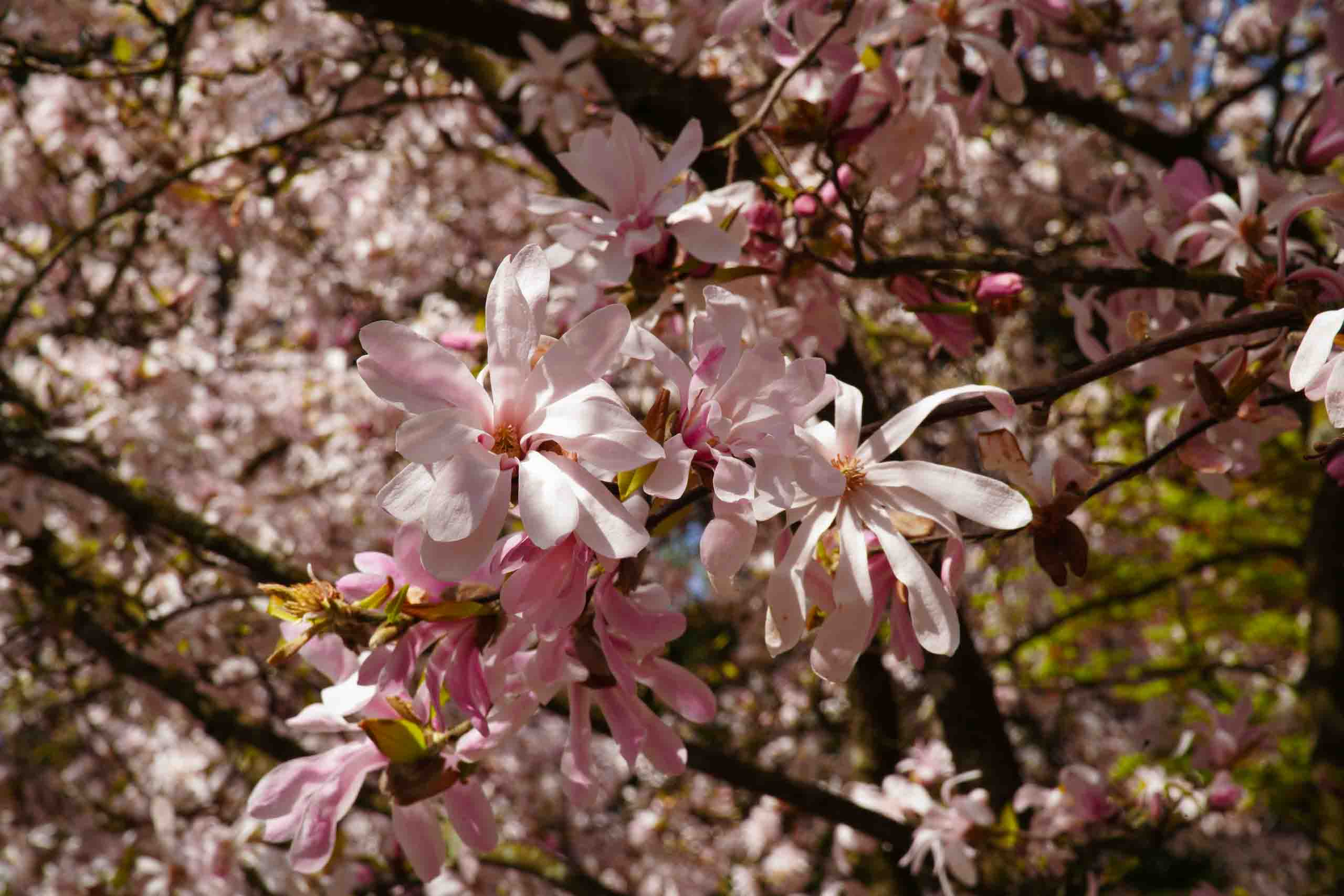
In terms of centre sharpness, as with most lenses from this era, it’s quite soft when shooting wide open. At 24mm and f/3.5, I’d expect the main subject to still not fully look like it’s in focus. I’m okay with look, as I’m not a pixel peeper and actually like some softer looks, but it’s undeniably weak when shooting wide open.
Stop it open to around f/5.6, and you’ll begin to see this lens perform very well. f/7.1 is the sweet spot for me between sharpness and depth-of-field. f/10 is very sharp.




Next, we can check the sharpness at the centers and corners. Naturally, lenses should be sharper at the center, with an expected fall off as you drift further away into the corners.
Shooting at its most wide open, the f/3.5 resulting photo shows a relatively soft, albeit still relatively sharp image at its center. I found the corner sharpness falloff to be less drastic with this lens versus others, as shown on the corner crop. However, vignetting is a little more dramatic than most at its most wide-open aperture.
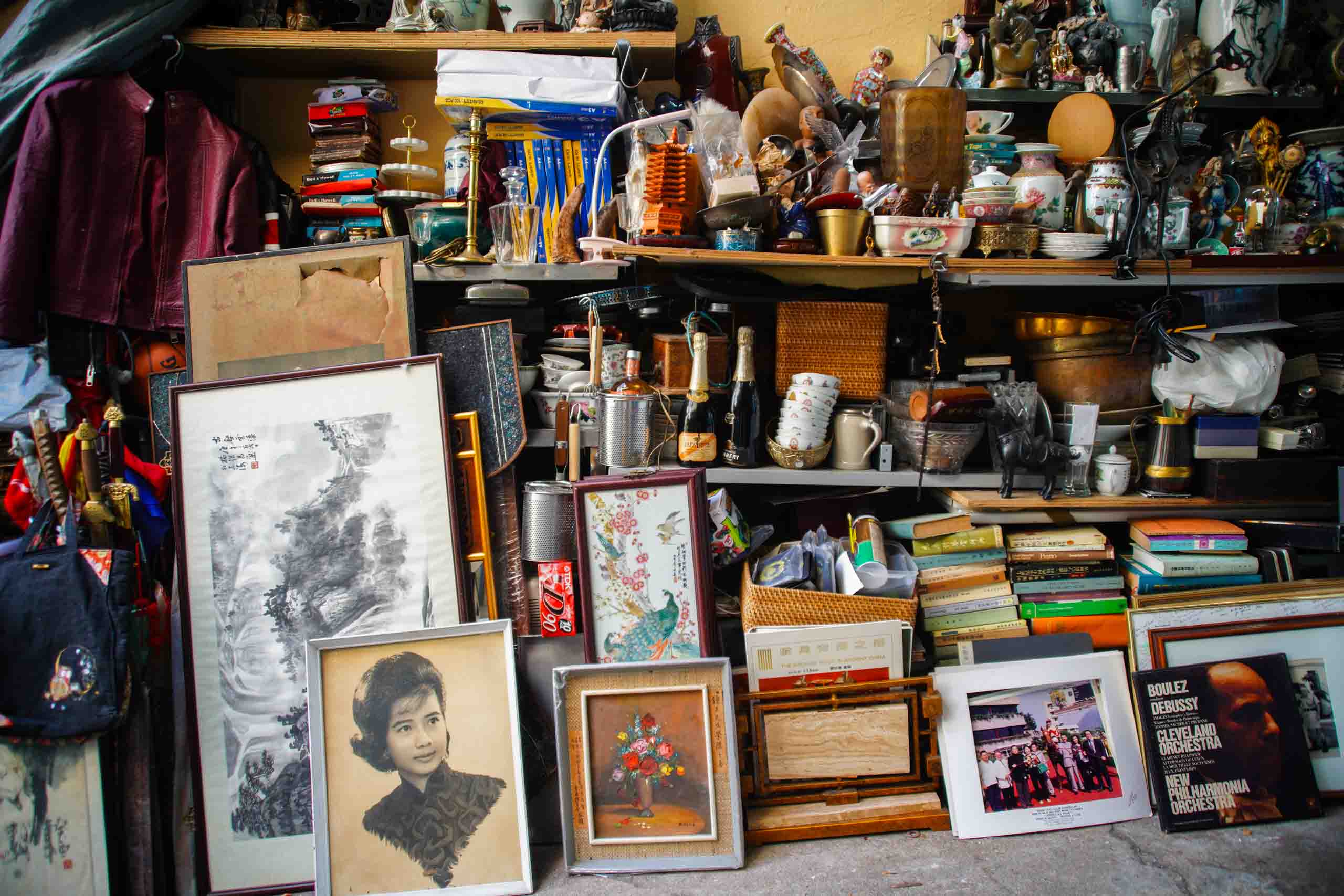


Contrast, Dynamic Range
The lens offers good contrast with a classic Minolta look, producing colours ideal for portraits, landscapes, and street photography. It handles dynamic range reasonably well but can lose highlight and shadow detail in high-contrast scenes, especially when wide open.
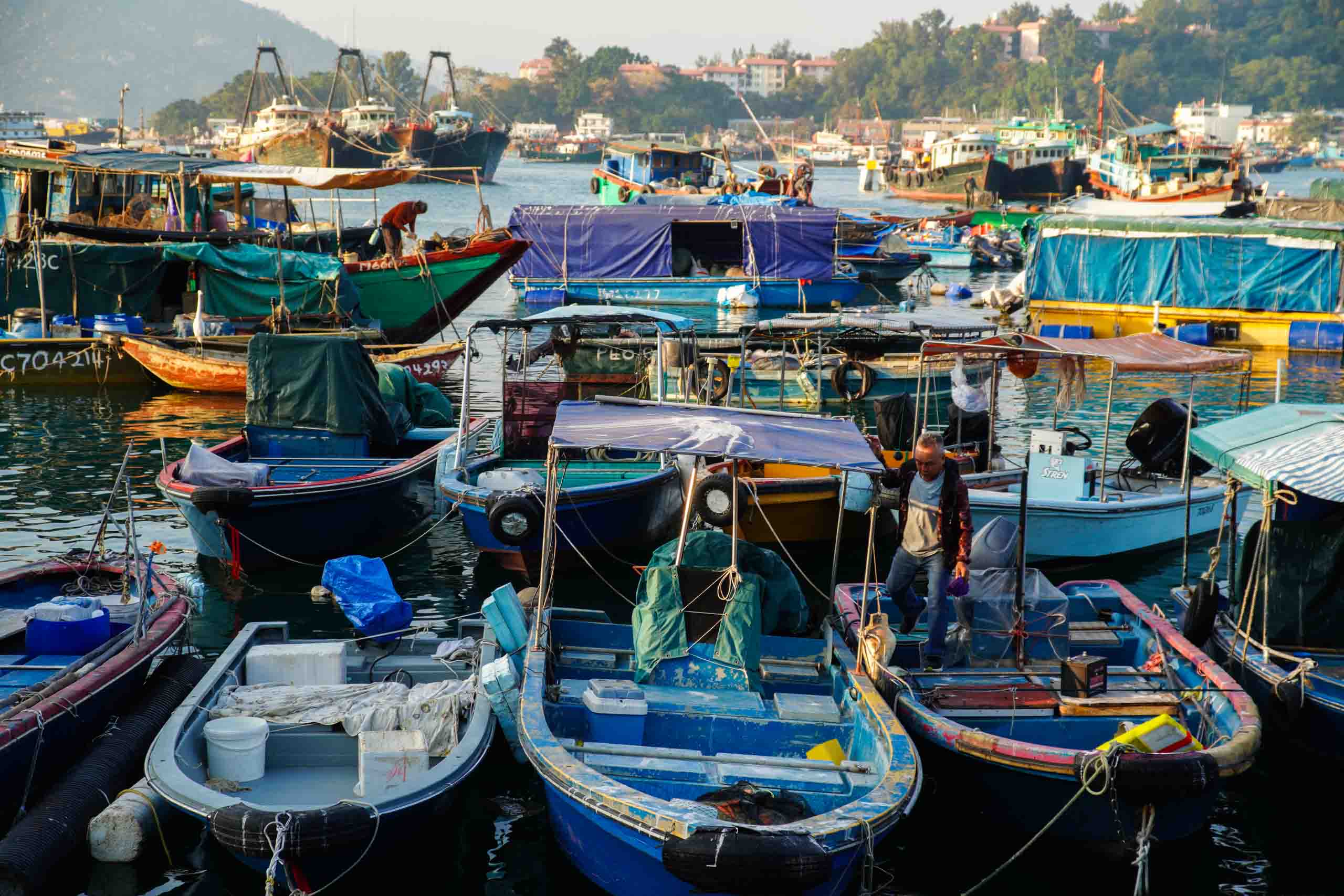
Stopping down improves both contrast and tonal rendering, making it a solid performer with a bit of post-processing. This being said, though, some of my favourite shots from this lens are wide-open and soft. To each their own.
Aberrations, Distortion
Chromatic aberration is noticeable, especially at in high-contrast edges like tree branches against the sky, or like the below example of windows against a lighter building — mostly purple fringing, but it’s relatively manageable in post with Lightroom.
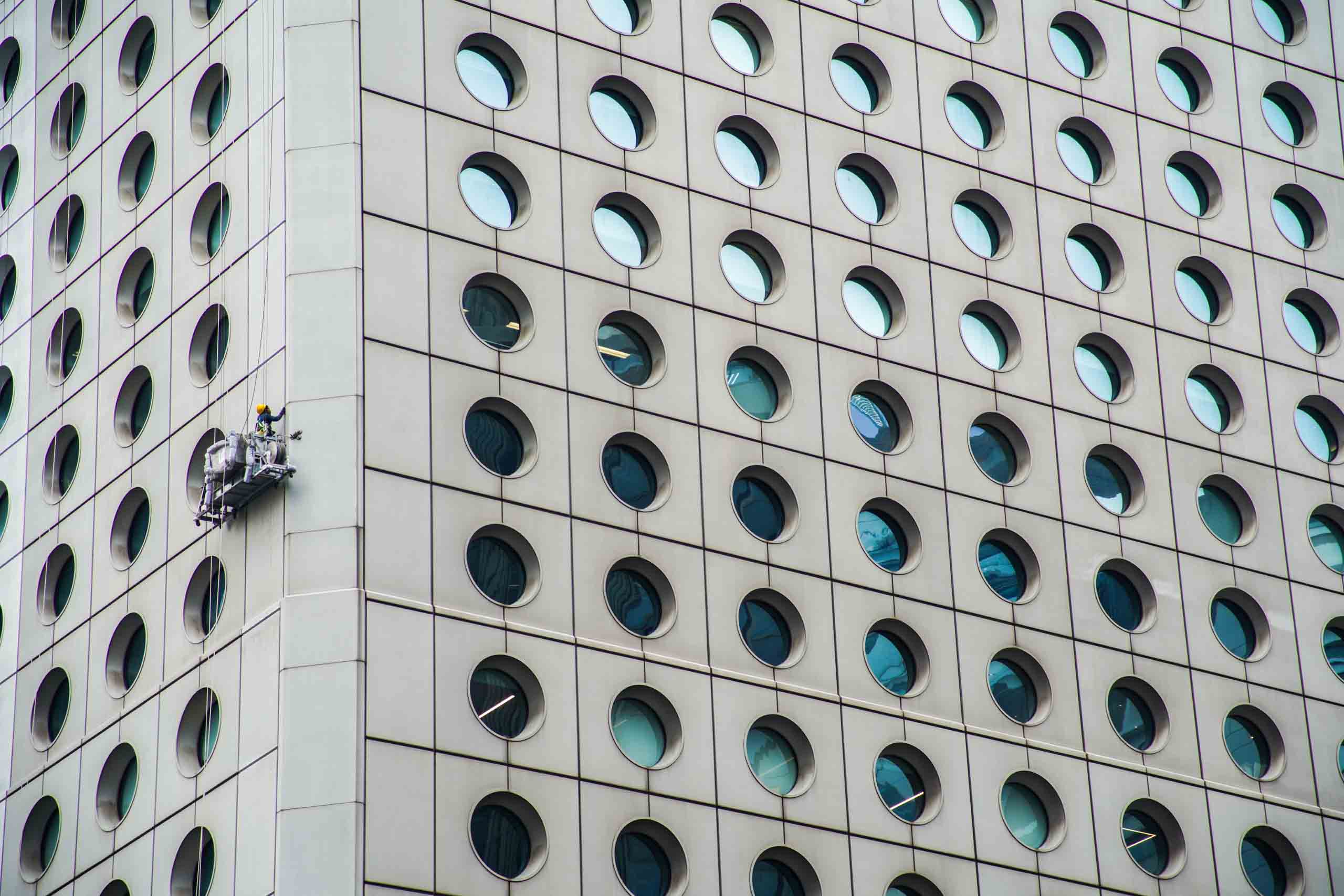
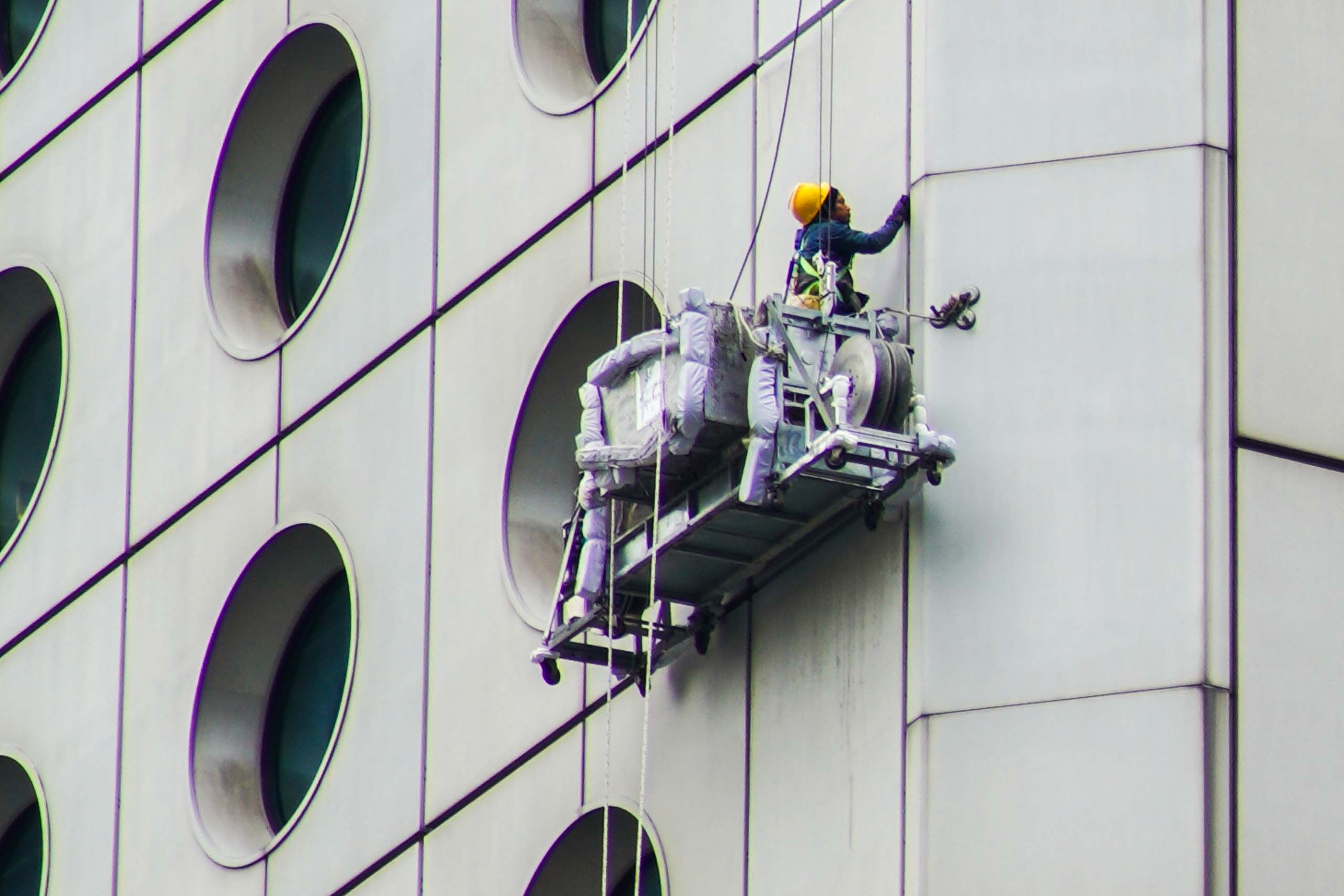
Barrel distortion is somewhat present at wider focal lengths, and Adobe Lightroom does not offer a default profile to fix this. The distortion is not dramatic, though. All shots included on this page are not distortion-adjusted. It’s not a big deal, in my opinion.
I didn’t find too many issues with flare and ghosting with this lens, which is very impressive considering the value produced so far.
Focus Performance
Auto-focus is where the lens underperforms, especially in the context of modern lenses in 2025. Focus hunting is common, even in bright-light scenarios, and the focus motor is relatively loud. My copy also had a focus ring that was not smooth, but that’s more so due to the prior owner than the norm. Though it may speak to the focus ring being easier to wear vs. other lenses, too.


This is especially going to be the case in low-light scenarios. In dark environments with practically no light, I was forced to use the manual focus. The focus is a weak spot here, but it’s completely manageable.

Affordability
The Minolta 24-105mm f/3.5-4.5 can be found on eBay for around $70 USD including shipping. This price will vary depending on the seller and your region, and the duties applied. I was able to find a few copies of this lens in second-hand stores in Tokyo and Osaka for about ~$25 USD, depending on the condition.
Check Prices for the Minolta 24-105mm f/3.5-4.5 (eBay)

Conclusion
I’ve owned many Minolta lenses in the past. In terms of native E-Mount lenses, I’ve also owned quite a few Sigmas and Sonys. Very often, I find Minolta lenses to produce amazing film-like era photos for a fraction of the cost of newer lenses. They’re, at times, built even more solid than the modern version.
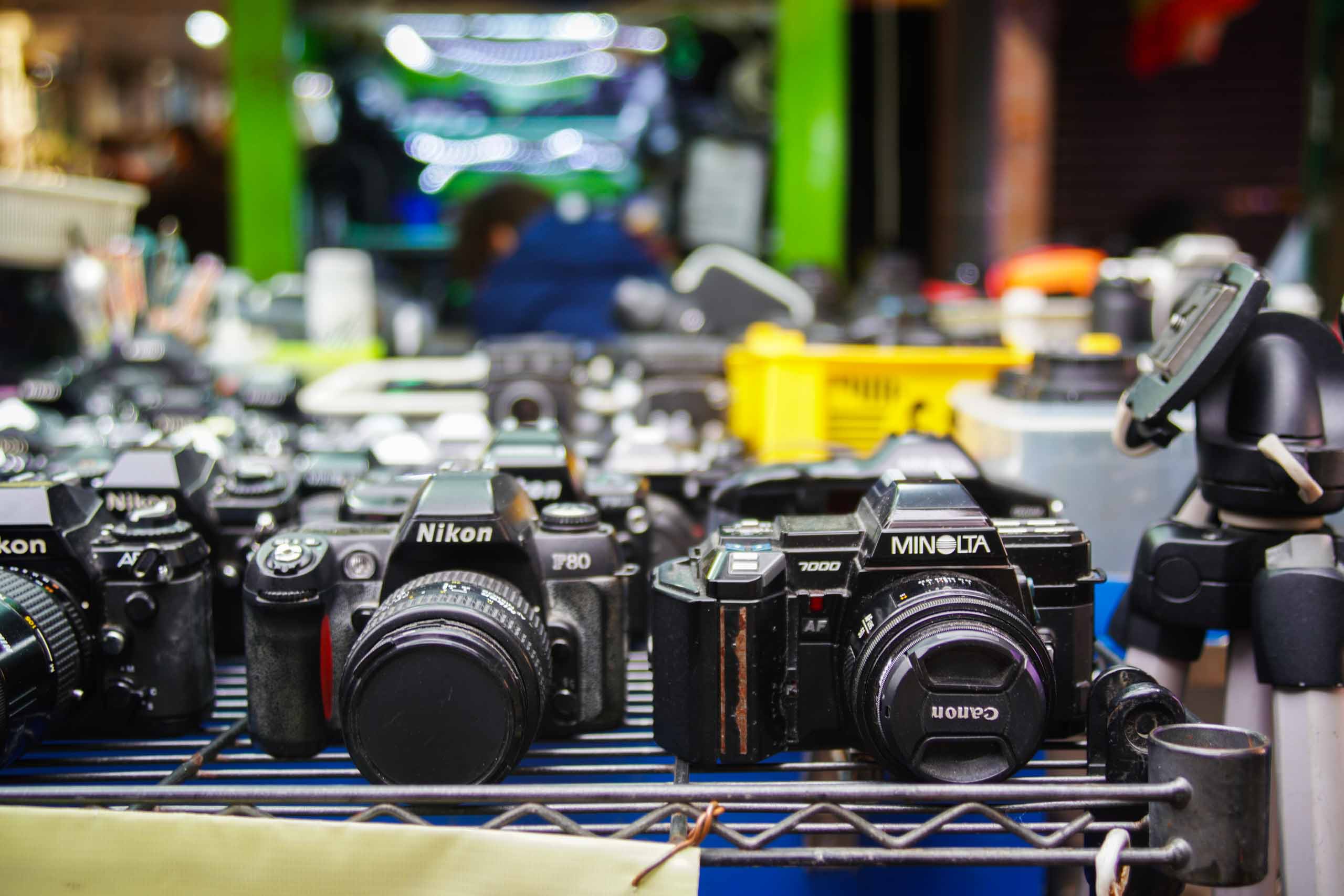
This lens, in particular, is made of a construction that is more fragile than older Minoltas I’ve owned in the past. Sometimes, you’ll find a lens that has poor coatings that may ruin the contrast of photos, but if you can find a good copy of this lens, get it. It’s an amazingly versatile, affordable travel lens.
Check Prices for the Minolta 24-105mm f/3.5-4.5 (eBay)
Image Gallery

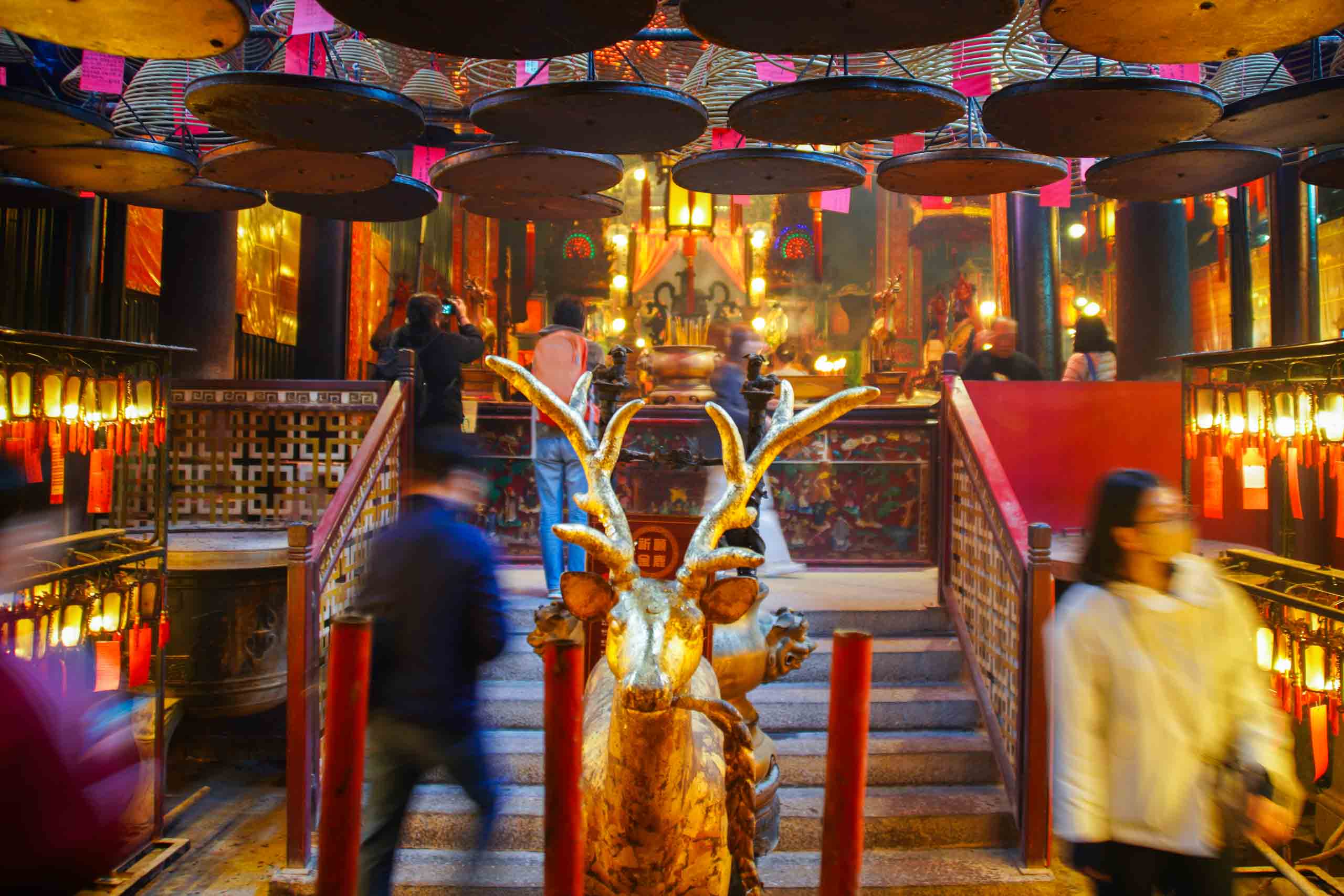







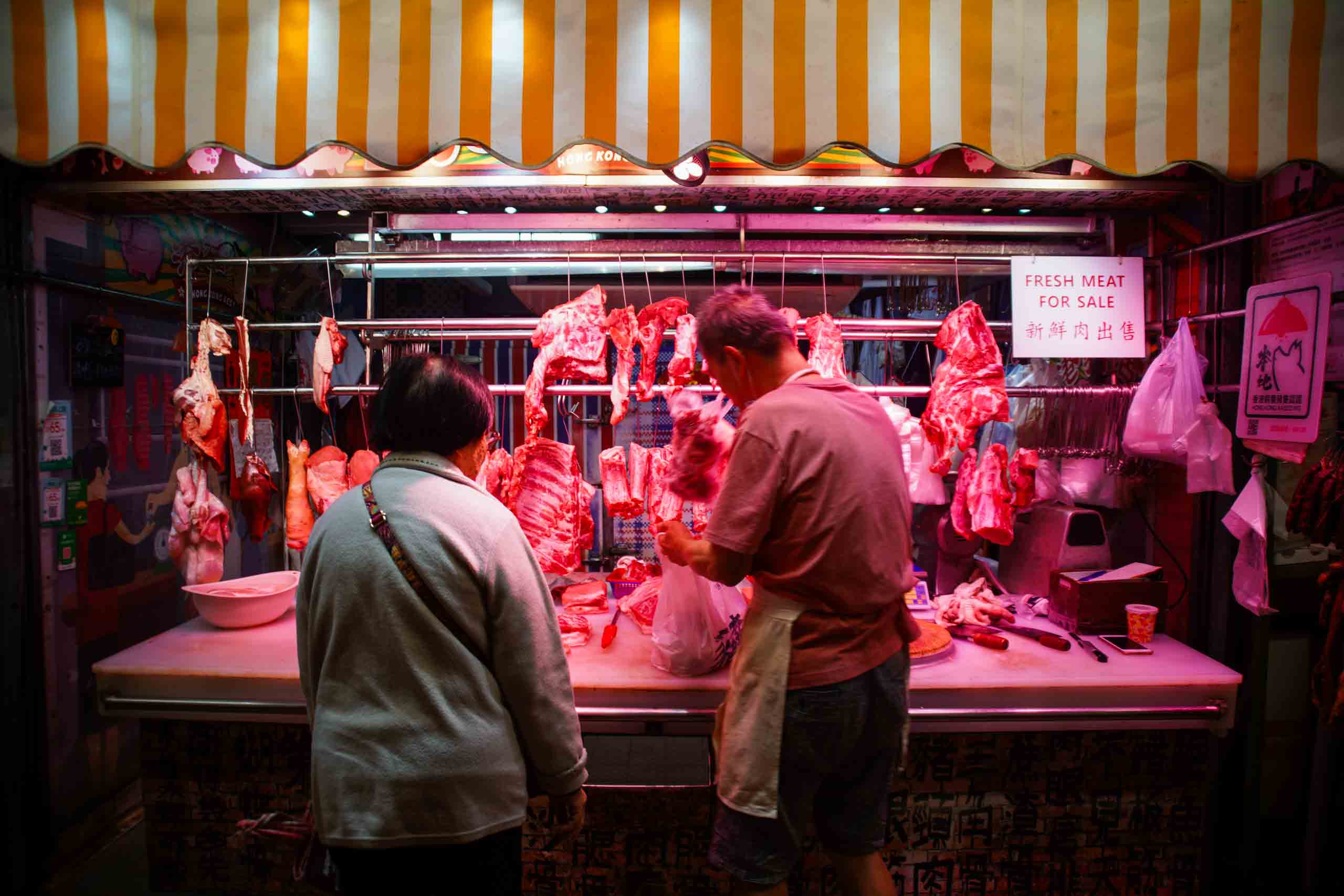


Thanks for Reading!

My name is Alex Lau, and I’m a travel blogger and photographer. I’ve worked in the digital marketing business for over 7 years before I decided to uproot and explore this little blue marble we find ourselves on, meeting new people, telling their stories, and discovering new places.
Follow me on Instagram | Contact me for partnerships
